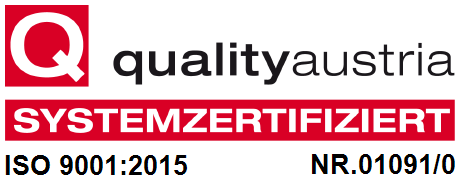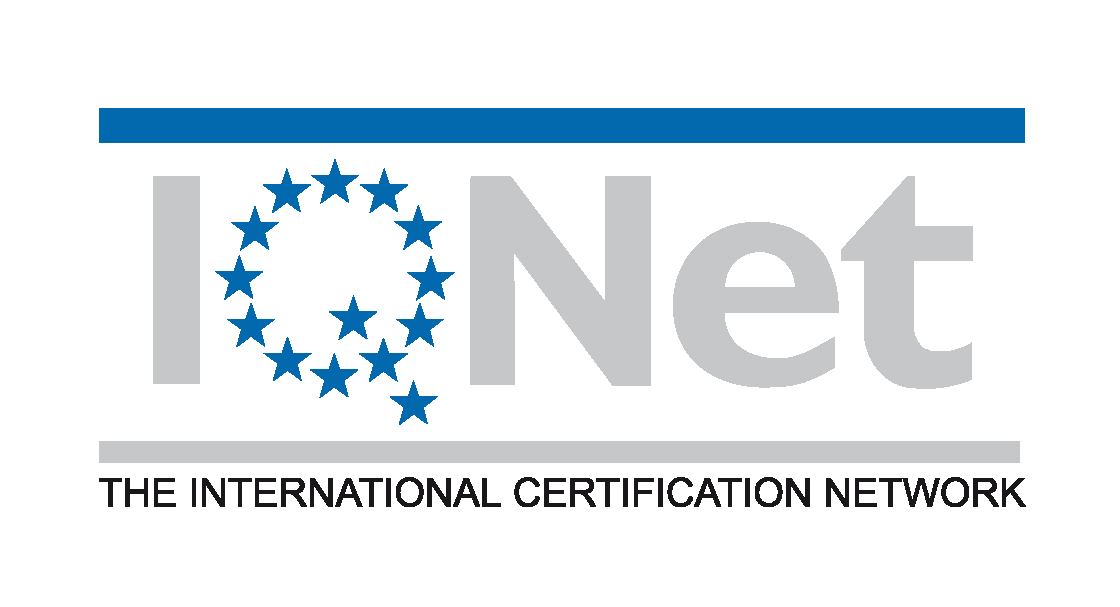Sperm Collection
There are basically 3 ways of obtaining sperm:
1. Ejaculation
2. TESE/TESA
3. Sperm donation
1. Ejaculation
The most common way of collecting spermatozoa is by masturbation and the production of a semen sample via ejaculation. This is normally done on the same day as the oocyte pick-up (see "Oocyte Collection"). Performing on "demand" and under time pressure and stress doesn't make it easy for the male partner to produce a semen specimen. In such cases the sample can be brought from home (the sample must be handed over to the staff of the IVF center within 2 hours of collection). On the way to our center, please make sure you keep the sample close to your body. The ejaculate (semen) must be obtained under hygienic conditions. Therefore, you should wash your hands and penis thoroughly with soap and then rinse them with a lot of water. The semen specimen should only be collected in the labelled container that we have provided you with. These special sample containers have been tested and found to be non-toxic to sperm. Under no circumstance should you use condoms. The sperm samples must first be specially treated prior to using them for IVF/ICSI/IMSI. In the process, healthy and viable sperm cells are separated from the other constituents of the ejaculate (semen). This takes about 1-3 hours. Semen processing is intended, among other things, to achieve the following:
- isolation of the best sperm
- increase in the concentration of sperm
- activation of spermatozoa
- removal of bacteria and other unwanted matter from the semen (e.g. prostaglandins)
2. TESE/TESA
Dr. Pierre Vanderzwalmen (has been a member of the team of Next Fertility IVF Prof. Zech since 1994) has achieved the world's first pregnancy and birth of a healthy baby through the use of surgically extracted testicular sperm for IVF. TESE stands for "Testicular Sperm Extraction", TESA means "Testicular Sperm Aspiration". Both are surgical techniques for retrieving spermatozoa directly from the testis. TESE may be used in men with very low sperm concentration in the ejaculate (oligozoospermia ) or in men whose semen contain no sperm (non-obstructive azoospermia). TESA (less invasive procedure involving percutaneous aspiration) is the method of choice whenever the vas deferens are blocked (obstructive azoospermia). Both methods (TESE and TESA) are then combined with the microinjection (ICSI/IMSI) of a single sperm into the egg cell's cytoplasm.
3. Sperm donation
This option exists within the framework of medically assisted reproduction and refers to the possibility of producing a pregnancy in a woman (recipient) by using donor sperm. This may be of particular help in the following situations:
- if the partner does not produce any spermatozoa and surgical sperm retrieval techniques have failed to provide the desired outcome (in some cases, due to unknown reasons, testicular function can be impaired to such an extent that, even after the surgical removal of testicular tissue, it is impossible to find any spermatozoa as a result of absent sperm production)
- after surgical removal of both testicles
- following chemotherapy or radiotherapy in patients diagnosed with malignant diseases
- lesbian couples who want to conceive a child
- single women who want to conceive a child
All details on medical indication, legal framework, individual treatment steps and potential risks will be discussed during a personal conversation with the attending doctor at the IVF center.
Sperm donation in Austria
Depending on the initial situation, the reproductive health specialist may recommend "artificial insemination" using donated sperm. Austrian law also permits the microinjection of donor sperm into the eggs' cytoplasm by means of the ICSI procedure. Lesbian couples wishing to conceive may also benefit from this opportunity.
CONTACT






